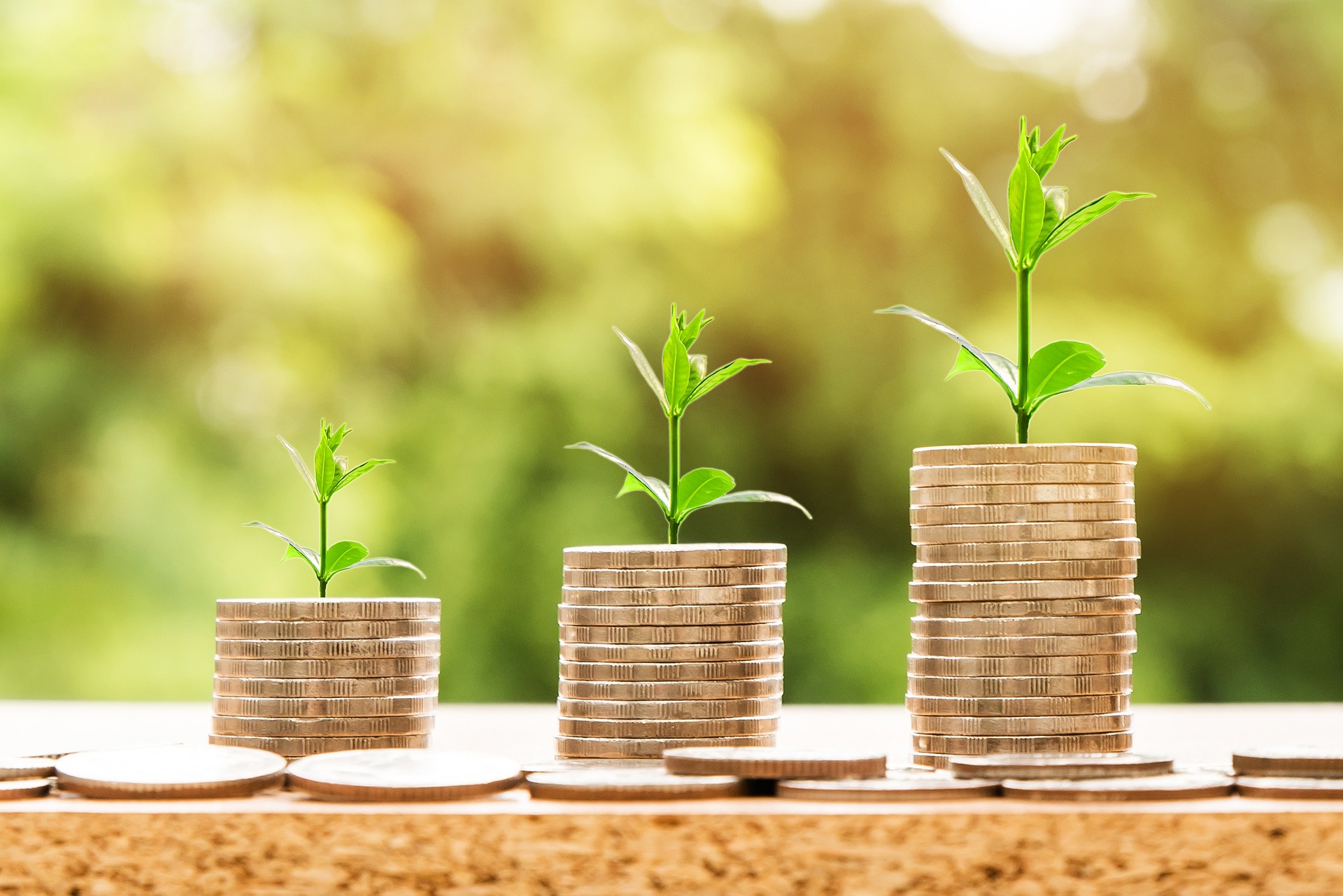Riyadh — The GCC region is estimated to have subdued economic growth of 1.6 percent in 2024 but is forecast to grow at 4.2 percent in 2025-2026, according to the Fall edition of the Gulf Economic Update. Growth continues to be driven by the non-oil sector which has shown robust growth of 3.7 percent, mainly driven by the ongoing diversification efforts and ambitious reforms throughout the region.
Inflation in 2024 remained low and stable at 2.1 percent, supported by subsidies, fuel price caps, and currency pegs. However, inflationary pressures in the housing sector persist in several countries. The fiscal sector has been impacted by rising government spending and reduced oil revenues, with significant variation across the region.
“The region has shown remarkable resilience in the face of global disruptions, moving steadily on their diversification agenda. It will be important to continue to exercise prudent economic policies to secure a sustainable future of growth”, said Safaa El Tayeb El-Kogali, The World Bank GCC Country Director.
GCC countries face severe water scarcity, with renewable freshwater availability often below 100 cubic meters per capita annually. This forces heavy reliance on non-renewable groundwater and energy-intensive desalination.
The Special Focus of the report “Navigating the Water Challenge in the GCC: Paths to Sustainable Solutions” highlights efforts to tackle these issues. Key recommendations include improving water efficiency through pricing reforms, expanding wastewater reuse, and using renewable energy for desalination. Strengthening governance, regional cooperation, and regulatory frameworks is also vital.
These strategies aim to address water challenges, ease fiscal pressures, and unlock economic potential. The World Bank supports these efforts, offering insights for sustainable water management to benefit future generations.
GCC COUNTRIES OUTLOOK
Bahrain: Growth is estimated to improve in 2024 at 3.5 percent from 3.0 percent in the previous year. This improvement is driven by growth in a diverse range of non-oil activity, while the oil sector is expected to witness a partial recovery in 2024, supported by higher oil production in the Abu Safah oilfield. Over 2025-2026, growth is projected to reach 3.3 percent in line with the increase in the oil sector output.
Kuwait: Economic growth is expected to contract by 1 percent in 2024 (albeit narrower than 2023), largely attributed to repeated extension of voluntary OPEC+ output cuts. However, it is projected to pick up over 2025-2026 to reach 2.6 percent underpinned by rising oil output in addition to an acceleration of infrastructure projects in Kuwait.
Oman: GDP growth is expected to decelerate in 2024, also largely attributed to repeated extension of voluntary OPEC+ output cut. However, overall growth is projected to pick up over 2025-2026 to an average of 3.0 percent, underpinned by rising oil output and ongoing reforms and investment in non-oil sectors in Oman, setting the stage to higher non-oil growth.
Qatar: The economy is expected to grow slightly to an average of 2.4 percent in 2024-2025, reaching 4.1 percent in 2025-2026, primarily driven by increased gas production capacity. The non-oil GDP sector is anticipated to stay strong at 2.3 percent in 2024, supported by new infrastructure projects, expanding manufacturing sector, and rapidly growing tourism industry. This momentum is anticipated to strengthen further, reaching 3.4 percent growth in 2025-2026. The hydrocarbon sector is expected to remain at 1.5 percent in 2024 due to capacity constraints, but a significant boost is anticipated between Q4 2025 and 2027 with the North Field expansion.
Saudi Arabia: Following the contraction of 0.8 percent in 2023, real GDP is expected to grow by 1.1 percent in 2024, driven primarily by robust growth in non-oil activities of 4.6 percent. This will partially offset the expected 6.1 percent contraction in oil GDP. The contraction in the oil sector is expected due to the extension of voluntary oil production cuts until the end of November 2024. Growth is expected to accelerate to an average of 4.7 percent in 2025-2026 as oil production increases. The non-oil sector, which is critical to Saudi Arabia’s economic diversification agenda, is expected to stay steady at an estimated 4.5 percent in 2025-2026.
United Arab Emirates: Economic growth is estimated to reach 3.3 percent in 2024, driven by a sustained expansion of 4.1 percent in non-oil sector. This is underpinned by robust performance across multiple sectors notably tourism, real estate, construction, transportation, and manufacturing. In the medium-term, overall GDP growth is projected to accelerate to 4.1 percent in 2025 and 2026, supported by the recovery in oil production.
DEBT OF DEVELOPING NATIONS
The world’s developing countries paid a record $1.4 trillion to service their debts last year, as high lending rates pushed interest costs to a two-decade high, the World Bank said Tuesday.
The poorest countries paid out more than $96 billion to service their debts, the Bank announced in its latest report on international debt, noting that interest costs alone amounted to almost $35 billion.
The high cost of servicing foreign debt has pushed many developing countries to borrow more money from multilateral institutions like the World Bank, stretching their finances.
“In highly indebted poor countries, multilateral development banks are now acting as a lender of last resort, a role they were not designed to serve,” World Bank chief economist Indermit Gill said in a statement.
“Except for funds from the World Bank and other multilateral institutions, money is flowing out of poor economies when it should be flowing in,” he added.
The World Bank report noted that high interest rates have been a key driver of the rising cost of servicing foreign debt, with the rate paid on loans from official creditors doubling to more than four percent.
Rates charged by private creditors were even worse, rising to a 15-year high of six percent — an increase of more than one percentage point.
Although interest rates have started to come down in many advanced economies, including the United States, overall, “they are expected to remain above the average that prevailed in the decade before COVID-19,” the Bank said in a statement.








